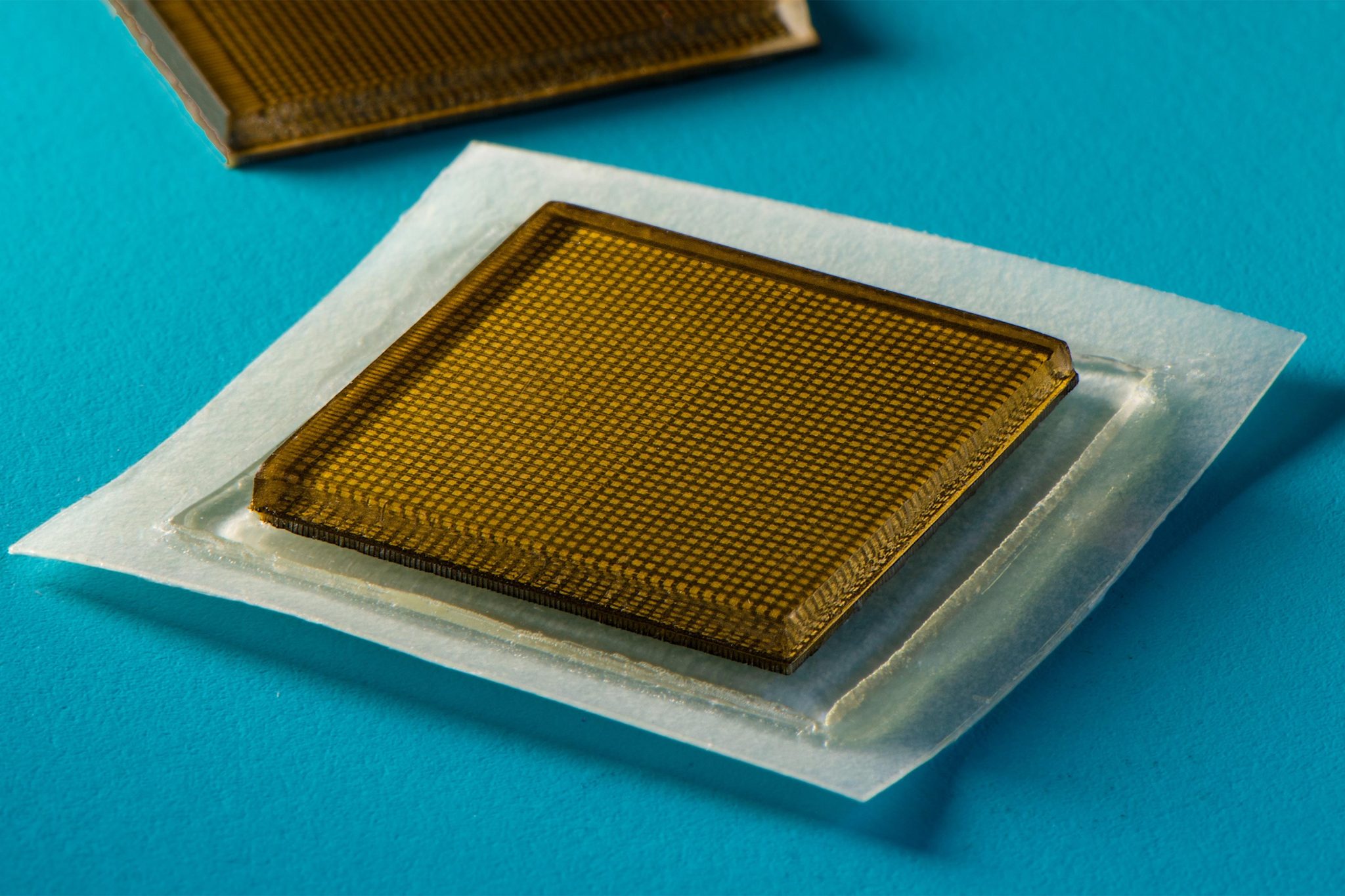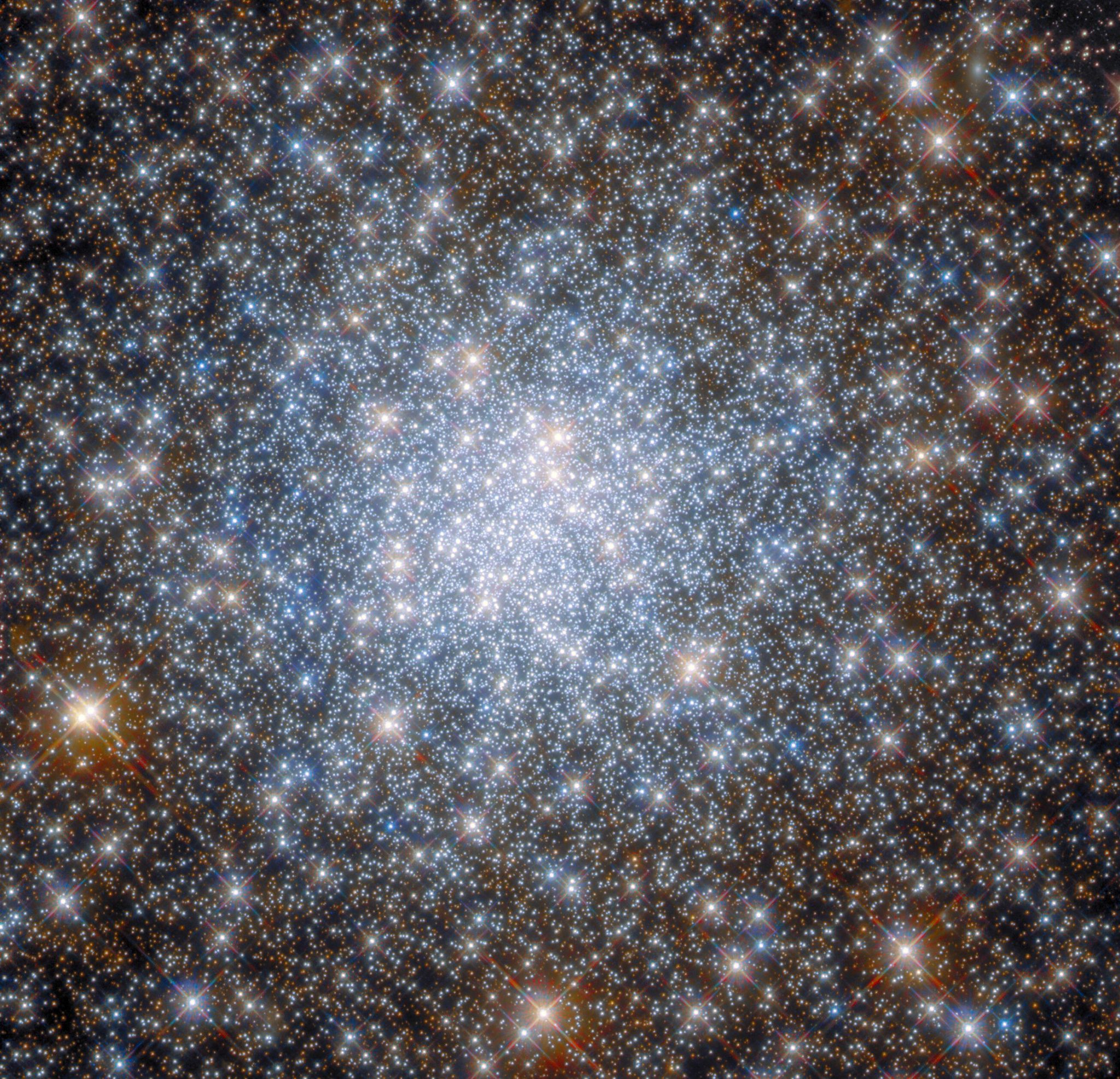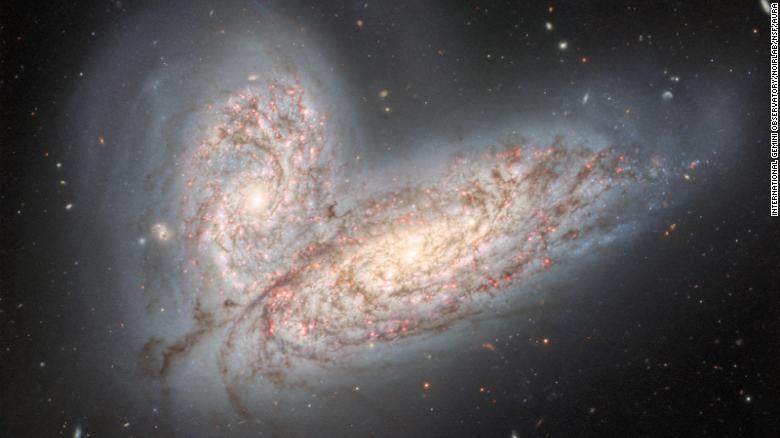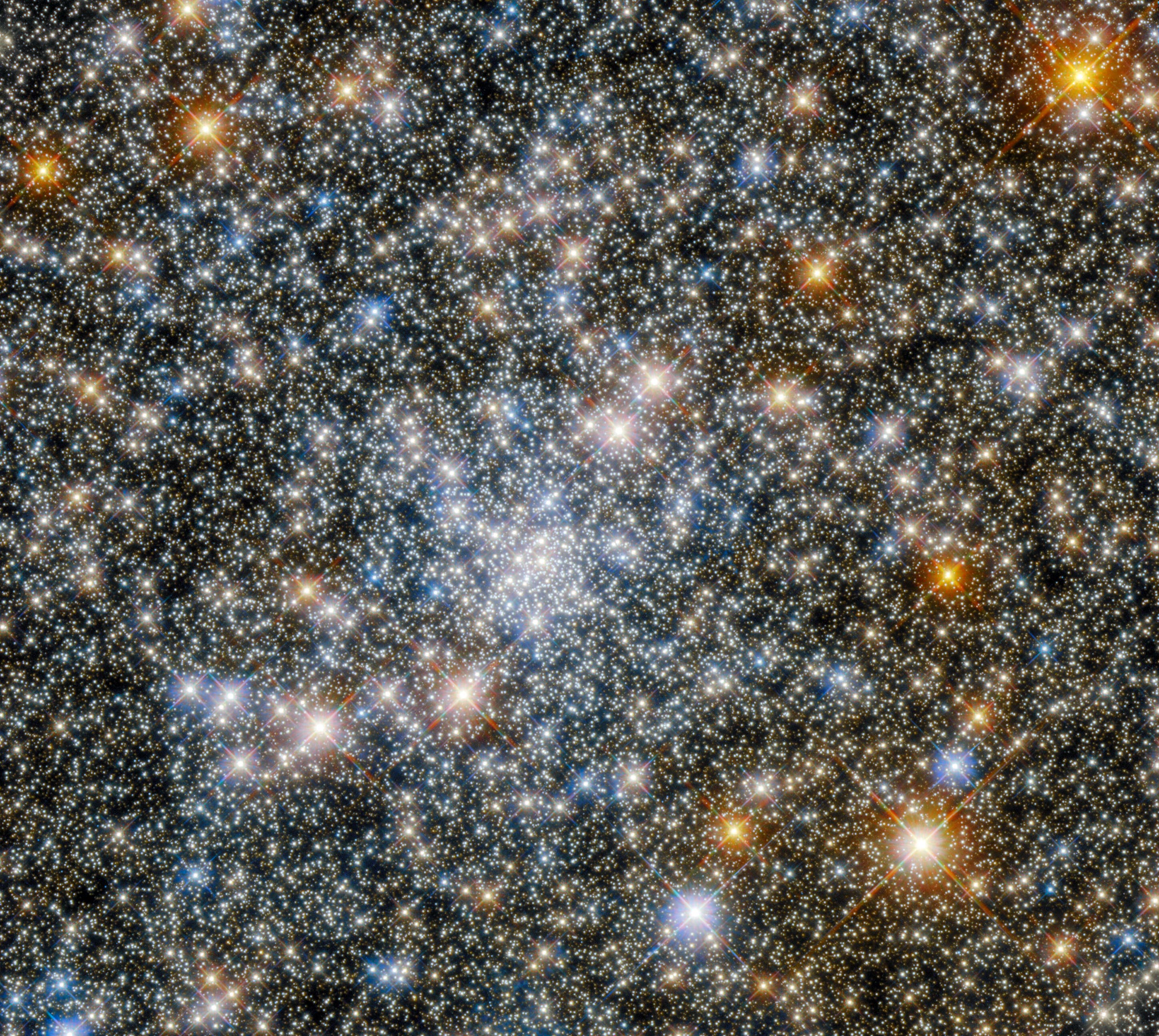Where (maybe) life began ...
... and then maybe some such life could exist on Mars, or elsewhere in the cosmos ...
Gassho, J
Stlah
Primordial Soup: Scientists Discover New “Origins of Life” Chemical Reactions
The reaction generates the building blocks of proteins and DNA: amino acids and nucleic acids
Four billion years ago, the Earth looked very different than it does today. It was devoid of life and covered by a vast ocean. Over the course of millions of years, life emerged in that primordial soup. For a long time, researchers have theorized how molecules came together to spark this transition. Now, scientists at Scripps Research have discovered a new set of chemical reactions that use ammonia, cyanide, and carbon dioxide—all thought to be common on the early Earth—to generate amino acids and nucleic acids, the building blocks of proteins and DNA. “We’ve come up with a new paradigm to explain this shift from prebiotic to biotic chemistry,” says Ramanarayanan Krishnamurthy, PhD, and an associate professor of chemistry at Scripps Research. “We think the kind of reactions we’ve described are probably what could have happened on early Earth.” Krishnamurthy is the lead author of the new paper that was published in the journal Nature Chemistry on July 28, 2022.
... “We were expecting it to be quite difficult to figure this out, and it turned out to be even simpler than we had imagined,” says Krishnamurthy. “If you mix only the keto acid, cyanide, and ammonia, it just sits there. As soon as you add carbon dioxide, even trace amounts, the reaction picks up speed.”
Because the new reaction is relatively similar to what occurs inside cells today—except for being driven by cyanide instead of a protein—it seems more likely to be the source of early life, rather than drastically different reactions, the scientists say. The research also helps bring together two sides of a long-standing debate about the importance of carbon dioxide to early life, concluding that carbon dioxide was key, but only in combination with other molecules.
https://scitechdaily.com/primordial-...cal-reactions/
The reaction generates the building blocks of proteins and DNA: amino acids and nucleic acids
Four billion years ago, the Earth looked very different than it does today. It was devoid of life and covered by a vast ocean. Over the course of millions of years, life emerged in that primordial soup. For a long time, researchers have theorized how molecules came together to spark this transition. Now, scientists at Scripps Research have discovered a new set of chemical reactions that use ammonia, cyanide, and carbon dioxide—all thought to be common on the early Earth—to generate amino acids and nucleic acids, the building blocks of proteins and DNA. “We’ve come up with a new paradigm to explain this shift from prebiotic to biotic chemistry,” says Ramanarayanan Krishnamurthy, PhD, and an associate professor of chemistry at Scripps Research. “We think the kind of reactions we’ve described are probably what could have happened on early Earth.” Krishnamurthy is the lead author of the new paper that was published in the journal Nature Chemistry on July 28, 2022.
... “We were expecting it to be quite difficult to figure this out, and it turned out to be even simpler than we had imagined,” says Krishnamurthy. “If you mix only the keto acid, cyanide, and ammonia, it just sits there. As soon as you add carbon dioxide, even trace amounts, the reaction picks up speed.”
Because the new reaction is relatively similar to what occurs inside cells today—except for being driven by cyanide instead of a protein—it seems more likely to be the source of early life, rather than drastically different reactions, the scientists say. The research also helps bring together two sides of a long-standing debate about the importance of carbon dioxide to early life, concluding that carbon dioxide was key, but only in combination with other molecules.
https://scitechdaily.com/primordial-...cal-reactions/
Scientists Discover Blueprint for Life Forms on Mars
Genomic analyses of microbes from Canada’s Arctic provide insight into life forms that could survive on Mars.
Under the permafrost of Lost Hammer Spring in Canada’s High Arctic is an extremely salty, very cold, and almost oxygen-free environment that is most similar to certain regions on Mars. So, if you want to understand more about the types of life forms that could once have existed – or may still exist – on Mars, this is a fantastic place to look.
... In a recent paper in The ISME Journal, the researchers show for the first time, that microbial communities discovered living in Canada’s High Arctic, in conditions corresponding to those on Mars, can survive by eating and breathing simple inorganic compounds of the type that have been detected on Mars (such as methane, sulfate, sulfide, carbon dioxide, and carbon monoxide). ...
Lost Hammer Spring, in Nunavut in Canada’s High Arctic, is one of the saltiest and coldest terrestrial springs discovered to date. The water which travels up through 600 meters (2000 feet) of permafrost to the surface is extremely salty (~24% salinity), perennially at sub-zero temperatures (~−5 °C/23 °F), and contains almost no oxygen (<1ppm dissolved oxygen). The extremely high salt concentrations keep the Lost Hammer spring from freezing, allowing it to maintain a liquid water habitat even at sub-zero temperatures. These conditions are analogous to those found in certain regions of Mars, where widespread salt deposits and possible cold salt springs have been observed. While previous research has shown evidence of microbes in this kind of Mars-like environment – this is one of the very few studies to find microbes alive and active.
...“The microbes we found and described at Lost Hammer Spring are surprising, because, unlike other microorganisms, they don’t depend on organic material or oxygen to live,” adds Whyte. “Instead, they survive by eating and breathing simple inorganic compounds such as methane, sulfides, sulfate, carbon monoxide, and carbon dioxide, all of which are found on Mars. They can also fix carbon dioxide and nitrogen gasses from the atmosphere, all of which makes them highly adapted to both surviving and thriving in very extreme environments on Earth and beyond.” ...
https://scitechdaily.com/scientists-...forms-on-mars/
Genomic analyses of microbes from Canada’s Arctic provide insight into life forms that could survive on Mars.
Under the permafrost of Lost Hammer Spring in Canada’s High Arctic is an extremely salty, very cold, and almost oxygen-free environment that is most similar to certain regions on Mars. So, if you want to understand more about the types of life forms that could once have existed – or may still exist – on Mars, this is a fantastic place to look.
... In a recent paper in The ISME Journal, the researchers show for the first time, that microbial communities discovered living in Canada’s High Arctic, in conditions corresponding to those on Mars, can survive by eating and breathing simple inorganic compounds of the type that have been detected on Mars (such as methane, sulfate, sulfide, carbon dioxide, and carbon monoxide). ...
Lost Hammer Spring, in Nunavut in Canada’s High Arctic, is one of the saltiest and coldest terrestrial springs discovered to date. The water which travels up through 600 meters (2000 feet) of permafrost to the surface is extremely salty (~24% salinity), perennially at sub-zero temperatures (~−5 °C/23 °F), and contains almost no oxygen (<1ppm dissolved oxygen). The extremely high salt concentrations keep the Lost Hammer spring from freezing, allowing it to maintain a liquid water habitat even at sub-zero temperatures. These conditions are analogous to those found in certain regions of Mars, where widespread salt deposits and possible cold salt springs have been observed. While previous research has shown evidence of microbes in this kind of Mars-like environment – this is one of the very few studies to find microbes alive and active.
...“The microbes we found and described at Lost Hammer Spring are surprising, because, unlike other microorganisms, they don’t depend on organic material or oxygen to live,” adds Whyte. “Instead, they survive by eating and breathing simple inorganic compounds such as methane, sulfides, sulfate, carbon monoxide, and carbon dioxide, all of which are found on Mars. They can also fix carbon dioxide and nitrogen gasses from the atmosphere, all of which makes them highly adapted to both surviving and thriving in very extreme environments on Earth and beyond.” ...
https://scitechdaily.com/scientists-...forms-on-mars/
Gassho, J
Stlah
 ... but surprisingly practical for use ... the Necrobots ...
... but surprisingly practical for use ... the Necrobots ...











Comment